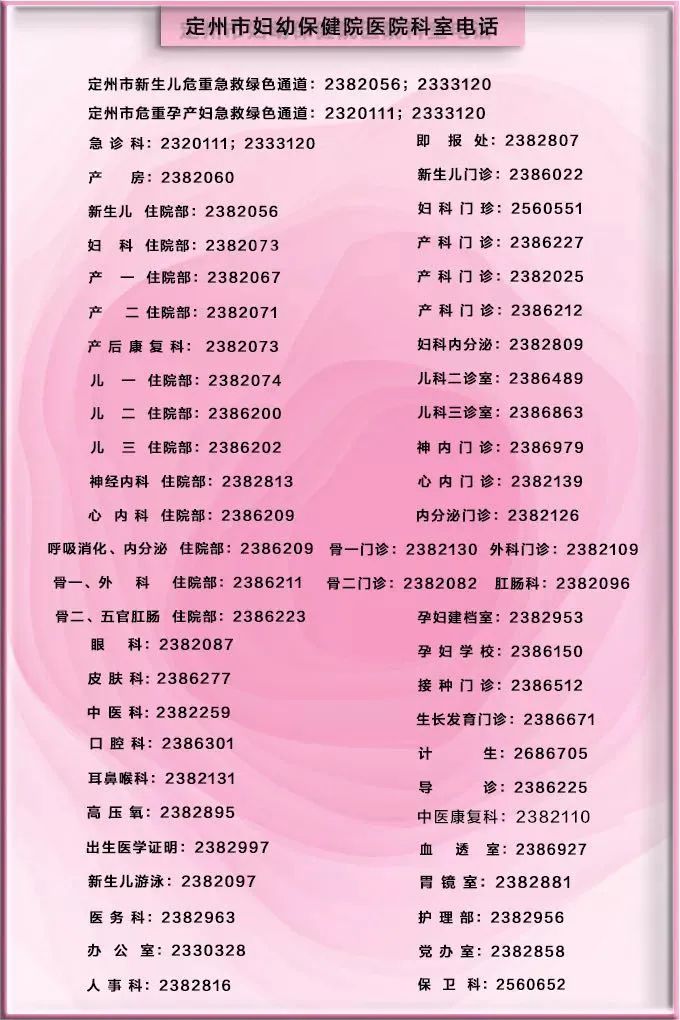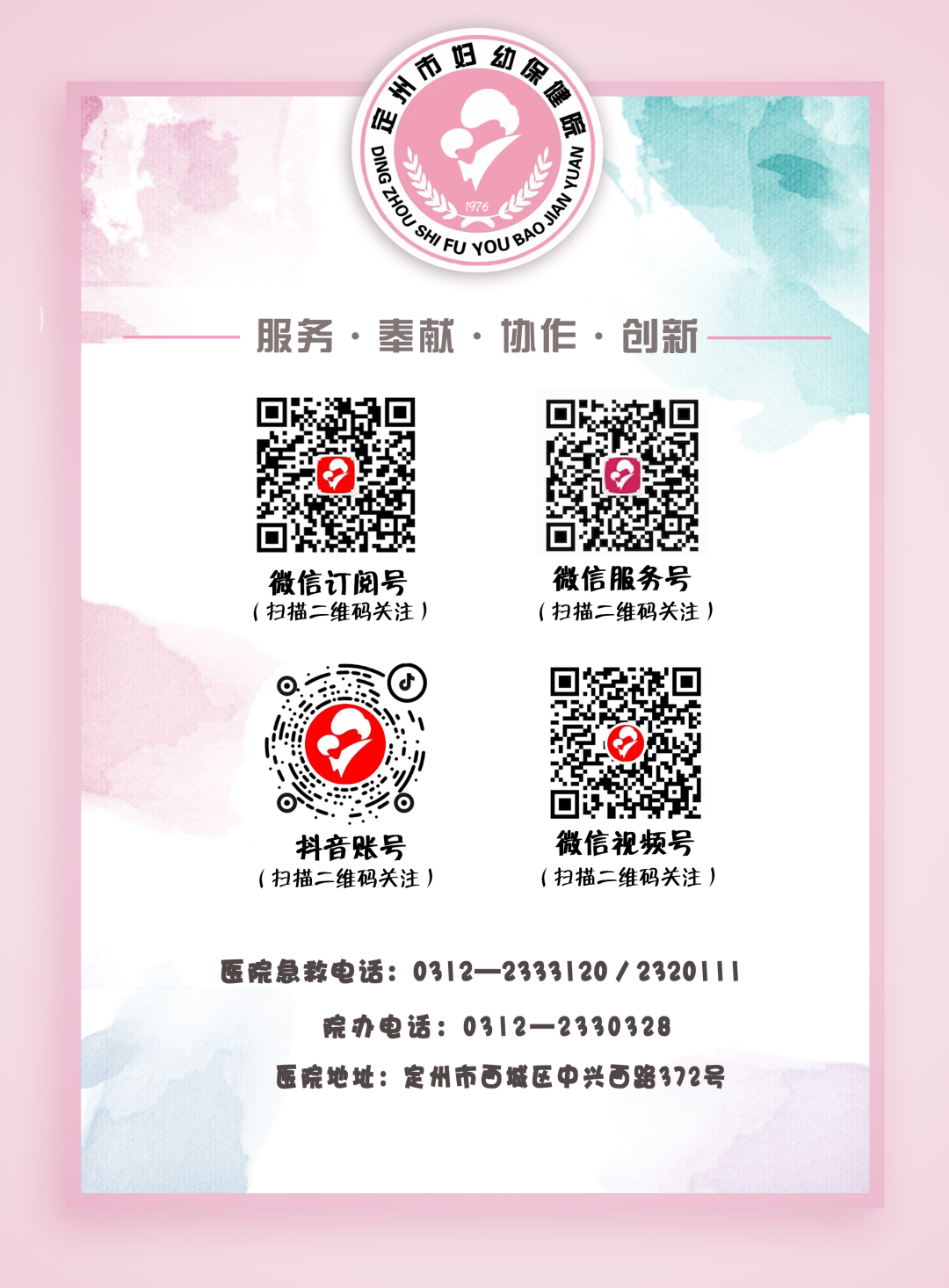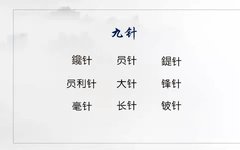
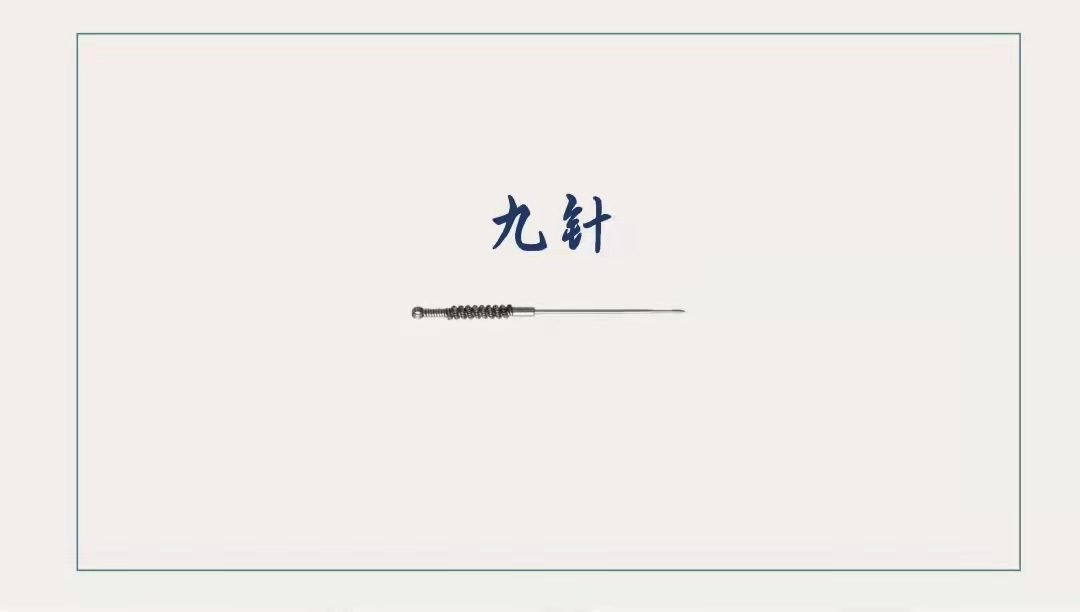
The Historical Origins of the Nine Needles—The Names of the Nine Needles
Chinese medical practitioners created the “Nine Needles” over two thousand years ago. According to legend, “Fuxi created the Nine Needles.” Early existing literature, such as the Huangdi Neijing (Yellow Emperor’s Inner Canon) and Ling Shu (Spiritual Pivot), provide detailed records and discussions on the Nine Needles.

The Ling Shu: Nine Needles and Twelve Origins states, “The names of the Nine Needles each have different forms,” referring to the Chuan needle (镵针), Yuan needle (员针), Feng needle (锋针), Pi needle (铍针), Yuan Li needle (员利针), Hao needle (毫针), Chang needle (长针), and Da needle (大针), collectively known as the “Nine Needles.”

What are the Characteristics of Ancient Nine Needles?
The ancient Nine Needle therapy belongs to the traditional acupuncture methods of TCM, which are fundamentally different from the acupuncture techniques and treatment approaches commonly seen today. The diagnostic and treatment strategies of the ancient Nine Needles are ingeniously rational, and their efficacy greatly surpasses that of various contemporary acupuncture methods from both Western and Chinese medicine.The most notable features are safety, rapid effectiveness, and stability, capable of easily resolving and curing various symptoms that are often unresponsive to both Western and Chinese medical treatments. Moreover, the treatment process is quick and simple, cost-effective, and highly effective.The entire treatment process is short, without injections, medications, or topical applications, causing minimal pain, no damage, no side effects, and is completely a green and natural therapy.
What are the Functions of the Nine Needles?
According to the Neijing, the ancient Nine Needle method flexibly selects from nine different needles based on various conditions, promoting the flow of meridians, harmonizing Qi and blood, and adjusting Yin and Yang, which can rapidly and stably restore the pathways of Qi and blood in the body, curing conditions affecting the skin, meridians, muscles, tendons, and bones.It is particularly effective for various stubborn arthritic conditions, such as cervical spondylosis, lumbar disc herniation, rheumatic pain, knee arthritis, and heel pain, with rapid and stable results.1. Chuan needle: For conditions affecting the skin, use the Chuan needle at the affected area, avoiding white skin; primarily used for pricking woolen abscesses and stimulating reaction points.2. Yuan needle: For conditions affecting the flesh, use the Yuan needle at the affected area, primarily used for rubbing the muscles.3. Feng needle: For conditions affecting the meridians, use the Feng needle, primarily used for breaking up stagnation and draining blood stasis.4. Pi needle: For conditions affecting the pulse and where Qi is deficient, use the Pi needle at the Jing, Ying, and Shu points, primarily used for unblocking the meridians.5. Yuan Li needle: For conditions with sudden Qi obstruction, use the Yuan Li needle, to adjust Yin and Yang, relax tendons, and relieve muscle tension.6. Hao needle: For conditions with persistent pain, use the Hao needle, primarily for treating cold-heat pain, tonifying Qi and blood, and nourishing Zheng Qi.7. Chang needle: For conditions located deeper in the body, use the Chang needle, primarily for removing deep pathogens and penetrating joints.8. Da needle: For conditions with edema that obstructs the joints, use the Da needle, primarily for expelling excess Qi from the joints and grinding bones.
The Treatment with Ancient Nine Needles?
The Nine Needles series, with each needle having distinct shapes and functions, is applied to disperse skin, scatter meridians, adjust muscles, regulate tendons, relax bones, expel stasis, unblock meridians, promote Wei Qi, and regulate rhythms… Each needle is available in various lengths and thicknesses.
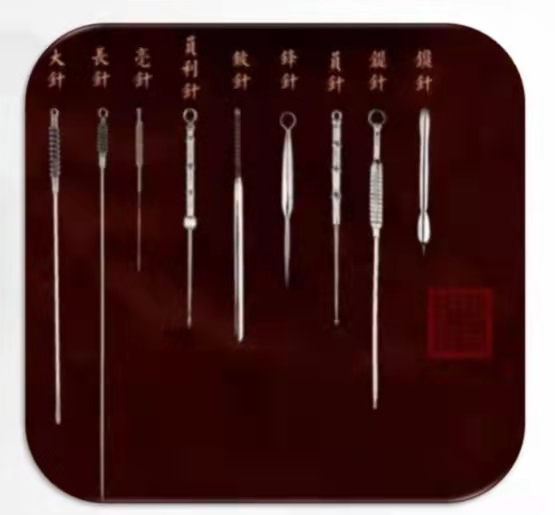
During clinical treatment, the selection of the Nine Needles is based on the specific condition of the patient, using differential diagnosis to choose the needles, either individually or in combination, to achieve the most stable therapeutic effect.Consultation Phone:Li Lihong 15933599904Consultation Address:Department of Traditional Chinese Medicine, First Floor, West Side of Outpatient Building, Dingzhou Maternal and Child Health Hospital
Source: Department of Traditional Chinese Medicine
Editor:Chen Xiaolin
Designer:Han Jia
Editor-in-Chief:Wang Qing
Reviewer:Zhang Haitao
